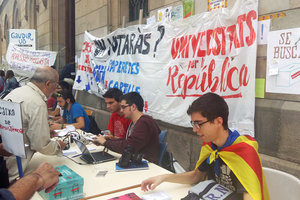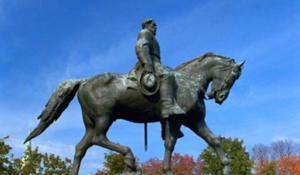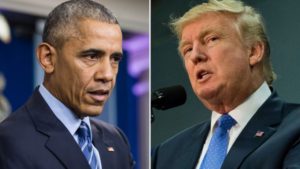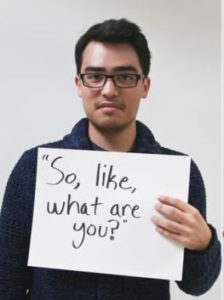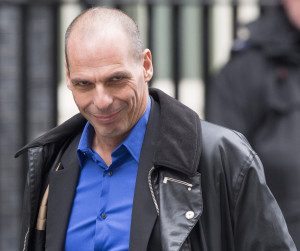 There have been some interesting stories coming out of the recent World Cup which deal with the make-up of European teams consisting of players from families with immigrant backgrounds. Given the large number of players on the French national team with North African roots, Trevor Noah, the host of the US TV show The Daily Show, exclaimed on his show last Monday, that “Africa won the World Cup!”. It was a joke and meant as a complement (Noah is himself from South Africa), but the French Ambassador to the US, Gérard Araud, didn’t see the humor. He wrote a letter of complaint to Noah, in which he wrote:
There have been some interesting stories coming out of the recent World Cup which deal with the make-up of European teams consisting of players from families with immigrant backgrounds. Given the large number of players on the French national team with North African roots, Trevor Noah, the host of the US TV show The Daily Show, exclaimed on his show last Monday, that “Africa won the World Cup!”. It was a joke and meant as a complement (Noah is himself from South Africa), but the French Ambassador to the US, Gérard Araud, didn’t see the humor. He wrote a letter of complaint to Noah, in which he wrote:
As many of the players have already stated themselves, their parents may have come from another country but the great majority of them, all but two out of 23, were born in France. They were educated in France, they learned to play soccer in France, they are French citizens. They are proud of their country, France. The rich and various backgrounds of these players is a reflection of France’s diversity.
Noah read the letter on the air and added commentary. After reading the statement in the letter that the variety of backgrounds of the players “is a reflection of France’s diversity,” Noah paused and commented, “That line here was interesting. Now, I’m not trying to be an asshole, but I think it’s more a reflection of France’s colonialism.” That is indeed the hard reality of French diversity, that in fact the French language and aspects of French culture were imposed on those conquered countries – it’s not that they had a variety of options to choose from and selected French.
The Ambassador’s letter continues: “Unlike in the United States of America, France does not refer to its citizens based on their race, religion or origin. To us there is no hyphenated identity. Roots are an individual reality. By calling them an African team it seems you are denying their Frenchness.” This is in fact an area where there is a clear distinction between France and the United States. Many Blacks in the US identify as African-American and many other “hyphenated identities” are commonplace: Asian-American, Native American, etc. Rachel Donadio wrote about the difference in The Atlantic recently:
In the United States, just about everyone’s hyphenated. In France, or among parts of the French establishment, the notion of communautarisme, American-style identity politics in which groups derive identity and clout from their backgrounds, is seen as anathema, an affront to the French ideal that all citizens are equal in the eyes of the state…It’s a hard-won notion of citizenship that comes from a history in which the ancien régime was overthrown to create a modern French state.
France has a particular history that shapes attitudes towards citizenship and identities, especially the French Revolution and its embrace of secularity and social leveling as well as colonialism and its bitter end (Algerian war). Indeed, all European countries have histories and geographies that guide perceptions. Immigration in recent times has played an increasingly important role in that process, as large numbers of migrants have changed ethnic and racial population mixes. In Germany, there are a large number of inhabitants with Turkish heritage, with many families arriving in the 1950’s and 1960’s as Gastarbeiter (guest workers) and eventually settling in Germany. One of
those families was that of a prominent soccer player for the German national team, Mesut Özil. He has been in the news recently, having quit the team under accusations of racism that he wrote about on Twitter. He stated there “I am a German when we win and an immigrant when we lose”. In fact, Özil has been criticized not only for lackluster play in Germany’s embarrassing early exit from the World Cup, but also for something he did before the competition. He had his picture taken with the President of Turkey, Recep Tayyip Erdoğan. Erdoğan is a controversial figure in Germany, a country of which he has been very critical in recent years. The picture was much discussed in the German media, with some seeing it as evidence of misplaced loyalties.


